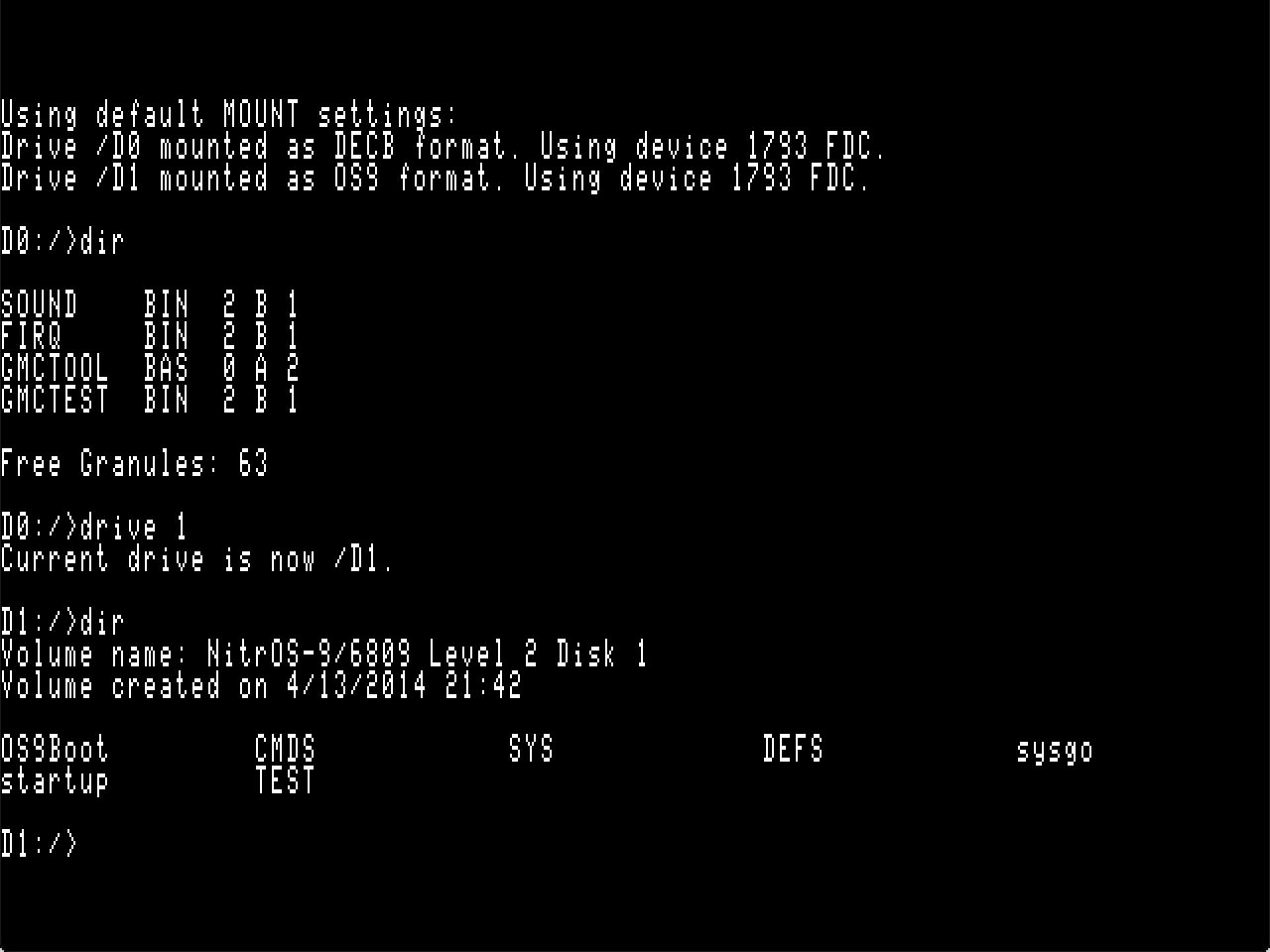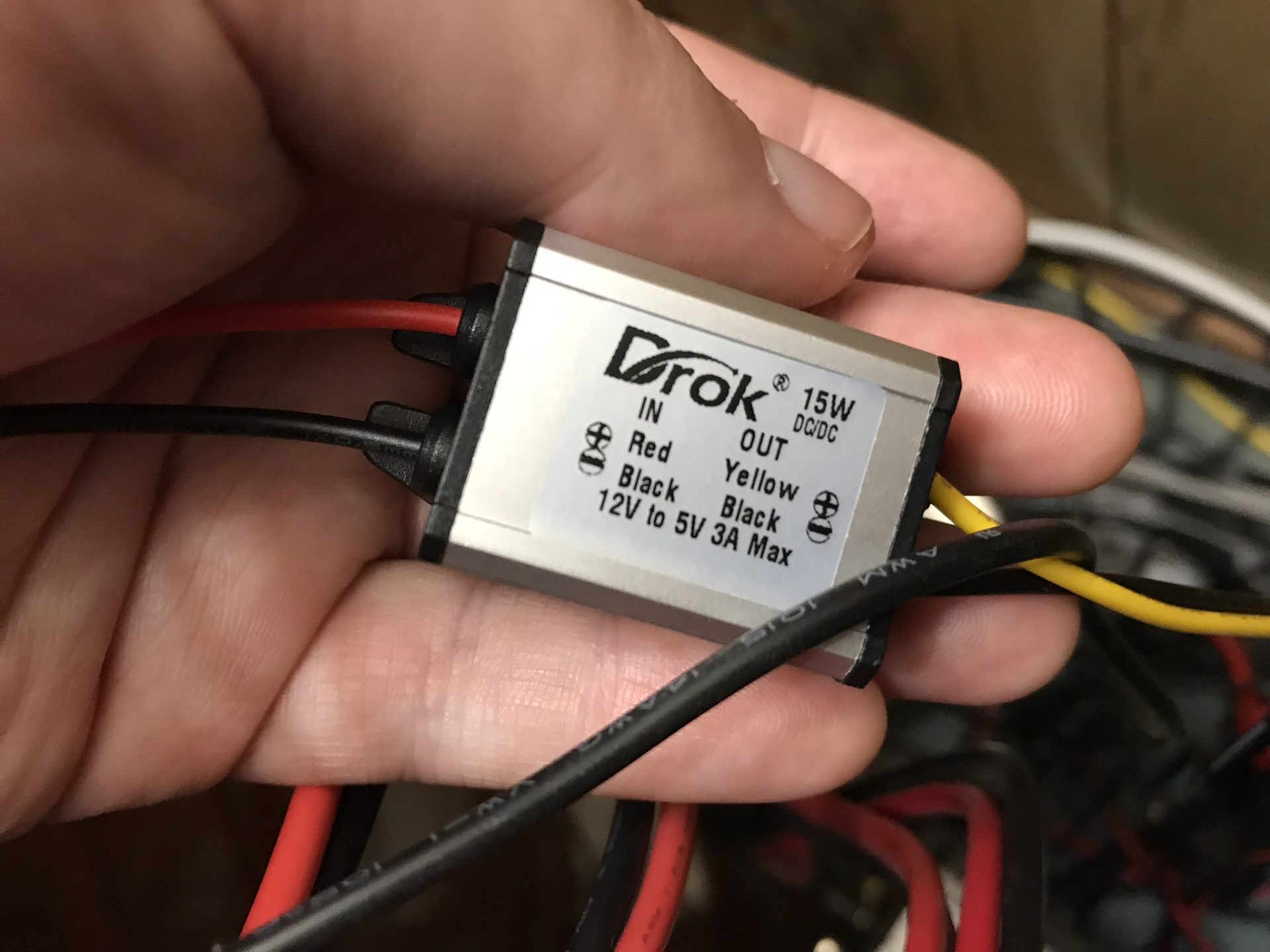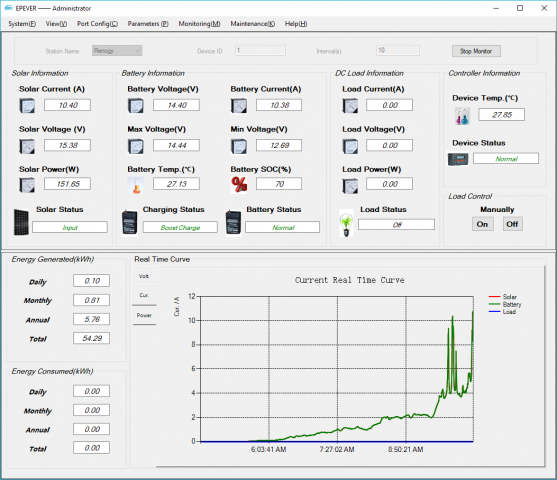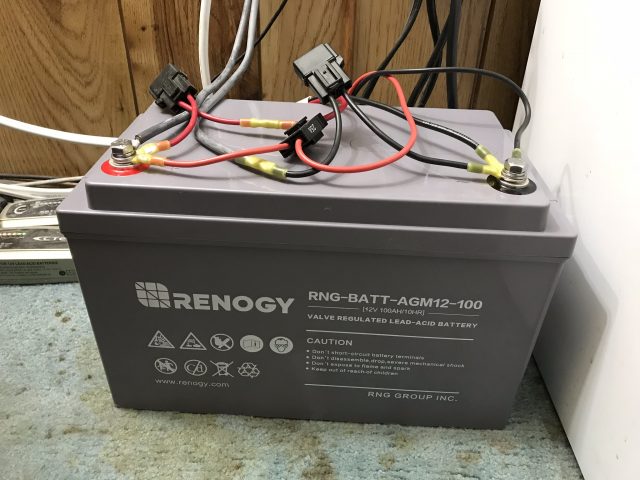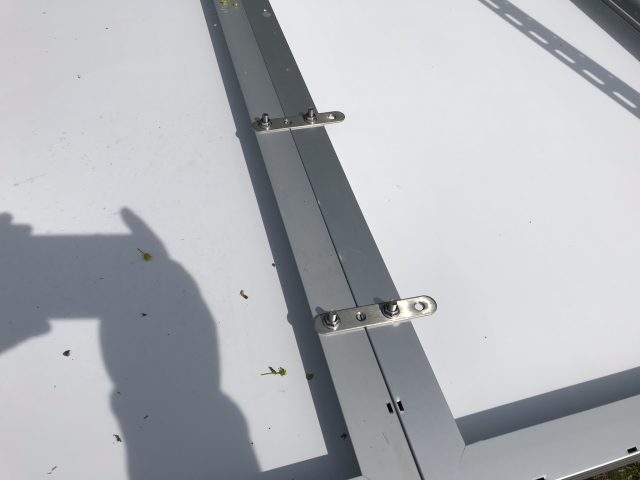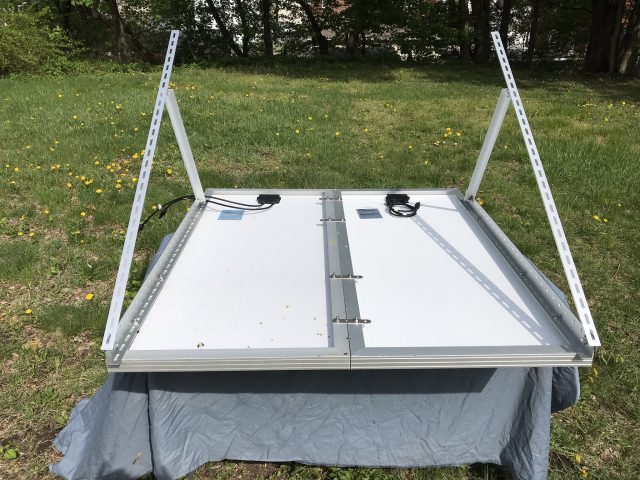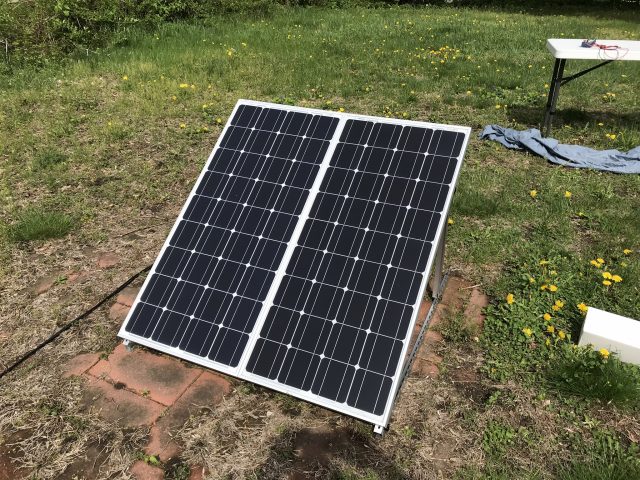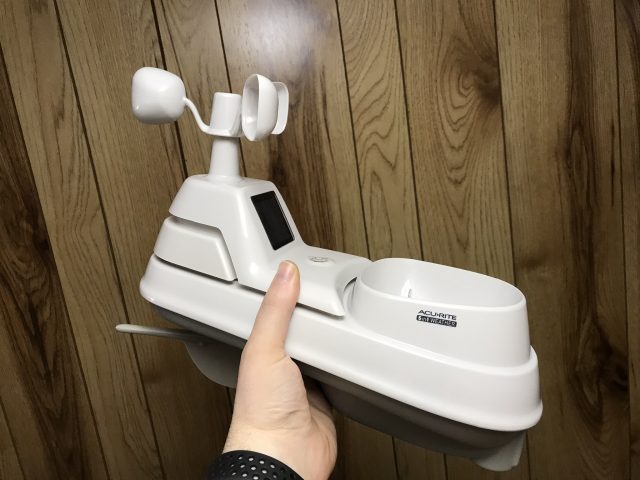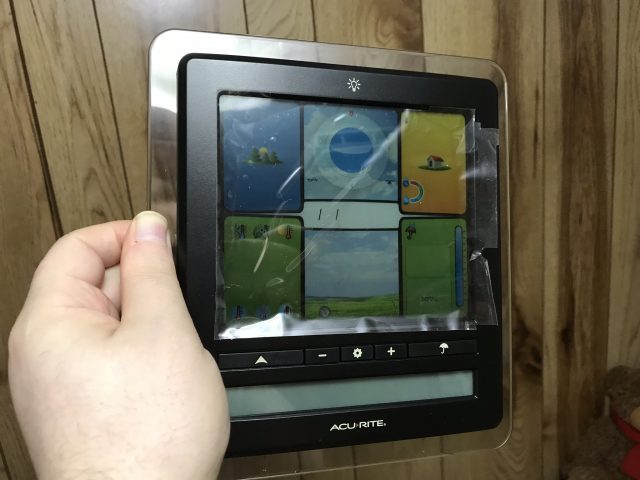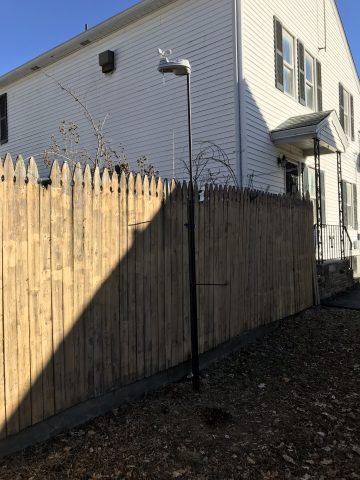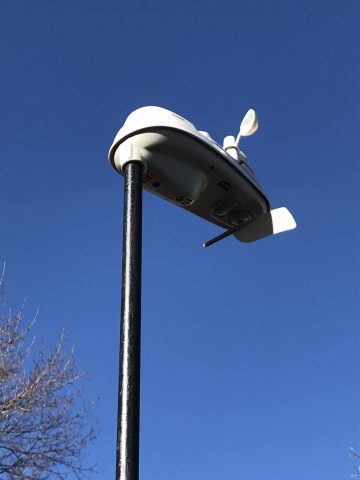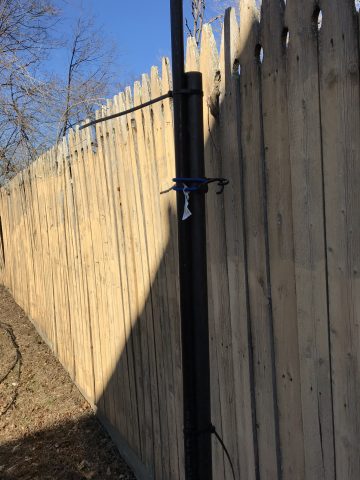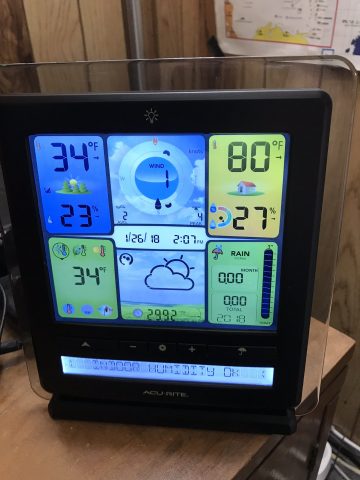CoCo Chiptunes Player for NitrOS-9 is Released!
So I finally have a working chiptunes player for OS-9! “Chiptunes” are FM synthesizer-based song files often found in video games, etc. This player currently only supports the OPL sound chip inside the Mega-Mini MPI, but I plan to hopefully support more hardware like the GMC and the Speech Sound Pak in the future. Give it a try and feel free to let me know what you think or what additional sound chips you’d like me to support later on. Below is a link to a ZIP file containing disk images of my program in various forms, and a demo video of my showing it off on my system. The VHD is a hard drive image that also has many CCT and VGM song files to try. The DSK file is a 720KB image with just a few song tracks I could fit for those who don’t have hardware supporting large disk images. I encourage you to try your own VGM files too and let me know if any of them give you trouble. A HUGE thank you to everyone that helped me put this together.
Download Link: cctplayer.zip


